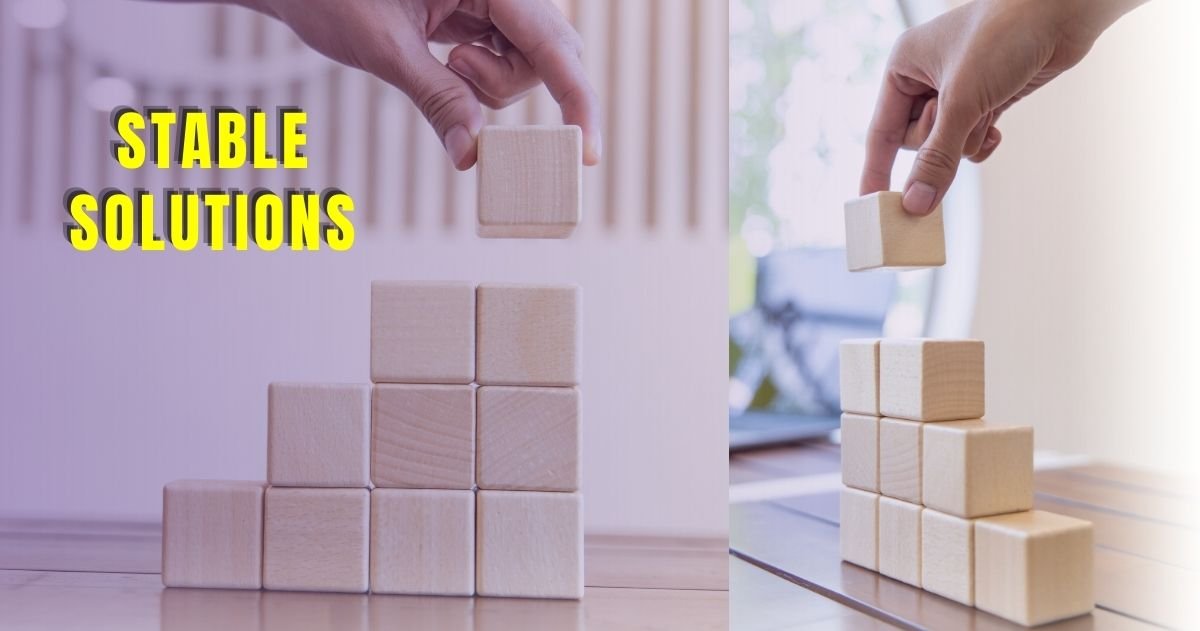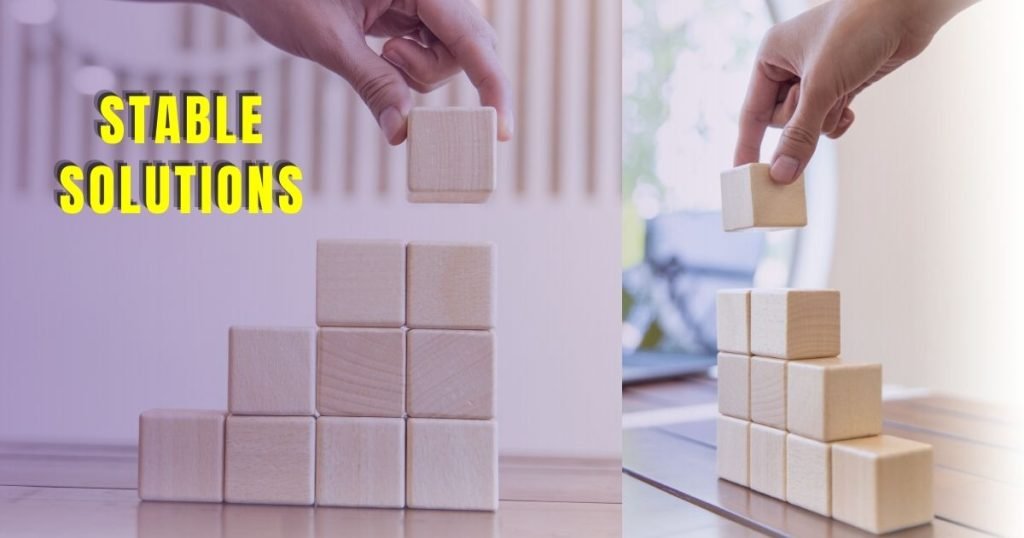
Wooden pile encasement is an absolutely crucial element in construction, playing a significant role in ensuring the stability and longevity of various structures. Whether you’re erecting a sturdy dock for your waterfront property, laying down the foundation for a new building, or constructing a reliable retaining wall, getting wooden pile encasement right is vital for preventing decay and maintaining the structural integrity of your project. In this comprehensive article, we’ll delve into five invaluable tips to ensure superior wooden pile encasement that not only withstands the test of time but also ensures the safety and durability of your construction endeavors.
Guide-us
Before we embark on this journey to discover the secrets of superior wooden pile encasement, it’s essential to gain a solid understanding of what this process entails and why it holds such paramount importance in the realm of construction. Wooden pile encasement is essentially the process of safeguarding wooden piles from a multitude of environmental factors that could lead to their premature deterioration, such as moisture, insects, and fungi. By surrounding the wooden piles with a protective barrier, we effectively extend their lifespan and guarantee the structural stability of the entire construction.
When we talk about wooden pile encasement, we’re essentially talking about protecting the very foundation of our structures. Think of it as providing armor for the wooden piles, shielding them from the elements and potential threats lurking in the environment. Without proper encasement, wooden piles are susceptible to rot, decay, and damage, which can compromise the integrity of the entire structure. By investing in superior encasement, we not only ensure the longevity of our constructions but also enhance their safety and stability.
Understanding Wooden Pile Encasement
To truly grasp the essence of wooden pile encasement, it’s essential to delve deeper into its intricacies and understand the underlying principles. As mentioned earlier, wooden pile encasement involves creating a protective barrier around wooden piles to shield them from various environmental threats. These threats include moisture, which can cause rot and decay, as well as insects and fungi, which can wreak havoc on the structural integrity of the piles.
When wooden piles are exposed to moisture for prolonged periods, they become susceptible to decay, which weakens their structural integrity and compromises the stability of the entire construction. Insects such as termites can also pose a significant threat to wooden piles, feeding on the wood and causing extensive damage over time. Fungi, including molds and mildews, thrive in moist environments and can accelerate the decay process, further compromising the structural integrity of the piles.
Choosing the Right Wood
The foundation of superior pile encasement lies in the careful selection of the right type of wood. Not all woods are created equal, and some are better suited for encasement purposes than others. When it comes to choosing wood for pile encasement, opt for pressure-treated lumber. Pressure-treated lumber is specifically treated to resist decay, insects, and moisture, making it an ideal choice for encasement projects. Additionally, woods like cedar and redwood are naturally resistant to decay and can serve as excellent alternatives for encasement purposes.
Pressure-treated lumber undergoes a treatment process that involves infusing the wood with chemicals to enhance its resistance to decay and insects. This treatment process involves placing the wood in a pressure chamber and forcing preservatives into the wood fibers under high pressure. The result is a highly durable and long-lasting wood that is ideal for use in pile encasement projects.
Treating Wood for Durability
While selecting the right type of wood lays the groundwork for superior pile encasement, treating the wood for durability takes it a step further. Before encasing the piles, it’s crucial to apply a wood preservative to enhance their durability. Wood preservatives help prevent rot and decay, especially in areas with high moisture levels. Regularly reapplying preservatives is essential to maintain protection over time and ensure the longevity of the encasement.
Wood preservatives come in various forms, including liquids, gels, and pressure-treated solutions. These preservatives contain chemicals that penetrate the wood and create a protective barrier against moisture, insects, and fungi. By regularly applying preservatives to the wooden piles, we effectively prolong their lifespan and ensure the long-term stability of the entire structure.
Proper Installation
Proper installation is a cornerstone of effective pile encasement. Regardless of how high-quality the wood or preservative is, improper installation can compromise the entire structure. When installing wooden piles, ensure they are positioned vertically and spaced evenly to distribute the load uniformly. Additionally, using galvanized or stainless-steel fasteners is essential to prevent corrosion, which can weaken the encasement over time.
During the installation process, it’s crucial to follow the manufacturer’s guidelines and recommendations to ensure the proper placement and alignment of the wooden piles. Any deviations from these guidelines can result in structural issues down the line, compromising the safety and stability of the entire construction. By taking the time to install the wooden piles correctly, we can avoid potential problems and ensure the long-term success of the encasement.
Maintenance and Inspection
Even the most meticulously constructed wooden pile encasement requires regular maintenance to uphold its integrity. Regular maintenance and inspection are paramount to ensure the longevity of wooden pile encasement. Periodically inspect the encasement for any signs of decay, cracks, or damage, and promptly address any issues that arise. By staying proactive and addressing maintenance needs promptly, you can prevent further deterioration and extend the lifespan of your encasement.
Regular maintenance of wooden pile encasement involves a series of tasks aimed at preserving its integrity and functionality. These tasks may include cleaning the encasement to remove dirt and debris, inspecting for signs of decay or damage, and repairing any issues that are detected. Additionally, applying a fresh coat of wood preservative periodically can help maintain the protective barrier and prolong the lifespan of the encasement.
Join us
If you’re passionate about construction and eager to learn more about wooden pile encasement, we invite you to join our community! Connect with like-minded individuals, share your experiences, and expand your knowledge of construction and maintenance.
